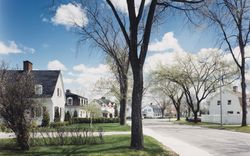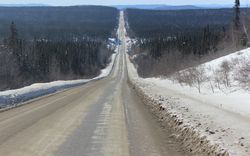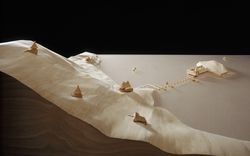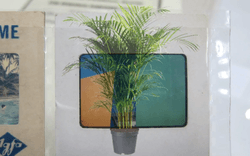Observing the Lachine Canal
Photographs by Clara Gutsche and David Miller
The Lachine Canal, which is over one hundred years old, suffered a long period of neglect after having played a key role in the development of Canadian industry. The area’s industrial buildings and topography, from Montreal’s Old Port to the municipality of Lachine, and its relationship to the city were recorded by Clara Gutsche and David Miller during different seasons of the year.
They pay particular attention to the area around the Saint-Gabriel locks, a symbol of industrialization and a hub of nineteenth-century economic activity, and exemplary of the Canal area’s neglect. The photographs encourage the perception of new and unexpected relationships.
For David Miller, the area’s huge, abandoned industrial structures are to be apprehended as monuments, the remains of a recently extinct society. His 28 × 36.5 cm photographs, taken with a view camera and printed directly from the negatives, enhance reality and portray a remarkable degree of visual presence. In her photographs of interiors, Clara Gutsche expresses the human dimension through its absence. The quality of light in her works and her attention to space reveal the emotion of these empty expanses.
Fifteen years after the waterway closed, we commissioned Clara Gutsche and David Miller to document its changing landscape.























